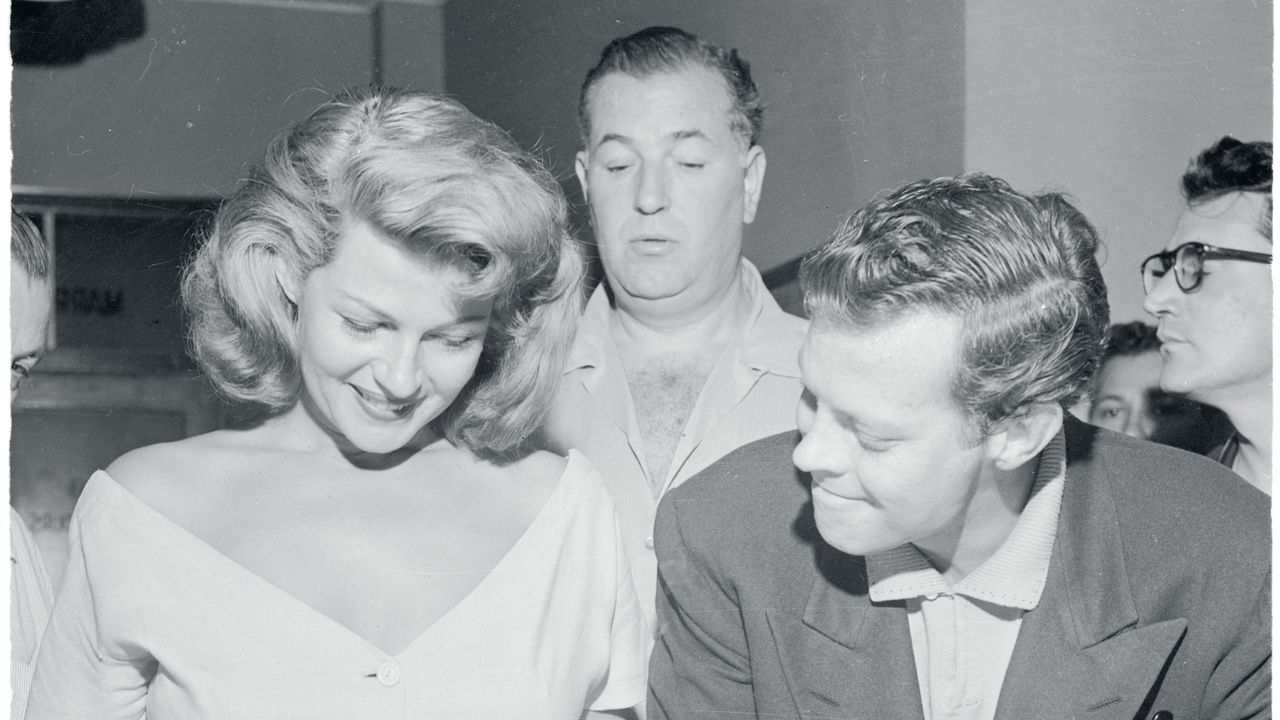
After saying “I do,” changing a name after marriage has often been seen as the next step on the list to solidify the union of newlyweds as a newly merged family. Among straight couples, the tradition is for the bride to drop her last name and take on the family surname of her husband after their wedding. However, trends are changing, and many couples are delaying the process, hyphenating last names, or forgoing a legal name change altogether.
While it isn’t a requirement of marriage, changing your last name does have some perks—and disadvantages. While becoming a family under one moniker can create cohesion for couples, the process of changing your name is a bit of a nightmare, prompting some couples to put off the legal change just to avoid paperwork. It also can be tricky for those who are known professionally by their last names to swap to a new surname. In 2023, a Pew Research study showed that 80% of women in the United States in opposite-sex marriages changed their name once they tied the knot. However, there are signs that number may change with the next generation as 11% more women under 50 kept their last names than their older counterparts and only 33% of single women were sure they would take their future spouse’s surname.
Ahead, we dive further into how couples are deciding on a name after marriage and why more and more women are choosing to keep their surnames intact.
The History of Changing Names After Marriage
A woman changing her name after marriage is a patriarchal tradition that mostly dates back to medieval England, where women were seen as property passed from a father to a husband. Since a woman would be leaving one family to join another through marriage, she would adopt the new family name that she belonged to. This tradition was held over the centuries and passed on to other cultures. In more egalitarian societies today, the practice holds more so for tradition’s sake. While a few countries, including the United States, don’t require a name change after marriage, others like Japan legally dictate it. Conversely, countries like Italy, Spain, Greece, Belgium, and Korea have maintained laws that say that a woman’s surname cannot change legally once married.
The trend for women in the United States to keep their maiden name has grown alongside the rise of the feminist movement. The title “Ms.” came into the English lexicon in the ’60s as women wanted a more adult prefix to join their maiden names and many more women kept their original surnames for professional reasons. In recent years, there has been a growing trend for couples to hyphenate their last names. On a smaller scale, some men will take their wife’s name and other couples will create a new family name once married (actress Zoe Saldaña’s husband notably has taken hers).
Why Some Still Choose to Change Their Name
Changing your name after a wedding is still the most common practice for couples in the United States. Many prefer to do it since the shared name not only serves as a symbol of joining your family together but also allows any future children to be referred to by the same last name as both parents. Reaching out to my network of married friends revealed that there was an emotional impact of a name change that influenced their decision to go ahead with it. Floral designer Ahna Han shares, “I did it because I’m biracial and I felt the change helped me identify.” Another shared that they didn’t have a great relationship with their father and preferred to separate themselves from his family name. One person even admitted she hated the sound of her maiden name and felt like her husband’s was a better choice.
#Changing #Marriage #Tradition






